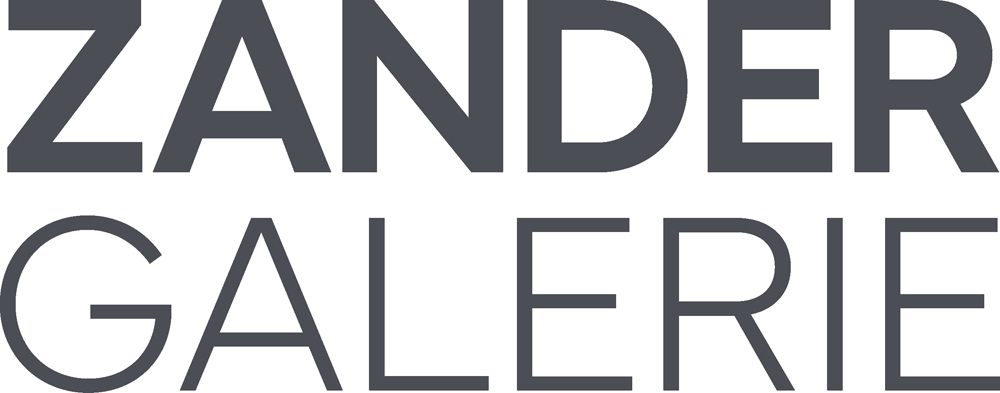LEWIS BALTZ 89/91
Lewis Baltz has always been a topographer and form seeker. His photographic series document places which, as epiphenomena of industrial civilization, lay outside the canon of perception; empty building lots, industrial wastelands, warehouses. Their forms are contained in the space of the everyday, and are addressed through their correspondence with advanced art forms. Rubbish heaps appear as land-art, lettering on commercial display windows as language art, lamps and window frames as site-specific minimalist objects. Baltz’s strategies contain a reflexive knowledge of photography insofar as that they engaged the photographer as a visual instructor whose reduced gesture renders things visible.
These two characteristic features of Baltz's photographs are also at work in the series 89/91. Here, however, form seeker and topographer are united in the figure of the spy. He penetrates the arcane realms of society where, in the functionality of the high-tech working world and in the design of computer technologies, he finds prototypes of modern design at the borderline between art and design.
The protracted transition from Industrial Park (1974) to the series 89/91 also gives expression to a historical change which we are witnessing: the transition from industrial to post-industrial society, where a mediated knowledge that moves along secret canals is gaining in relevance.
With 89/91, Baltz progresses into spheres that already have an inherent technological aura. These spheres awaken the expectation that something essential is happening: that lines of social and political development are already sketched out in the electronic control centres.
Yet in concrete terms, nothing of this is to be seen in 89/91. If anything, the images reinforce the mystery. The ‘secret’ of technology is not exposed, but reproduced. The motifs are as abstract as those strange computer graphics which Baltz has robbed of their context and utility. Other images are taken from surveillance videos. Baltz appears as a spy among spies, his camera as a camera among cameras. This meta-espionage is not without irony and certainly not without aesthetic resonance, for the frames which Baltz excises from the surveillance videos are clearly reminiscent of his earlier works – namely, the works of the form seeker and topographer of the 1960s and 70s. Thus the surveillance camera becomes an écriture automatique and a repetition of a photographic agenda which Baltz once carried out himself, a ghostly return. Needless to say, the investigative secrecy of the photographic series is only an apparent one. Baltz has permission to enter the parallel world of the technology centres, and the deliberateness of his images is also alien to the fleeting secrecy of the spy.
It is this very tactile surface of his images, rendered visible by Baltz’s precisionist techniques, this weighty presence of surfaces, that underscores the intent behind Baltz's espionage. He painstakingly shows us something that is not visible. The technologies are beyond the visible universe, encased in plastic housings and hidden in fibreglass canals.
Baltz uncovers the invisible and reveals nothing. Ultimately, this interest in unyielding surfaces, their forms, colours and materials, is the key by which Baltz seeks to unlock not the mysteries of technology but the mystery of photographic representation in 89/91.
An accompanying catalogue will be published by Steidl, Göttingen.
